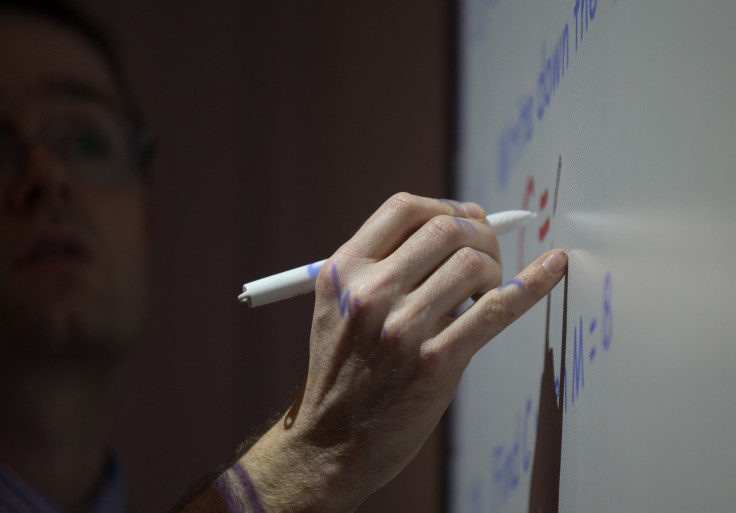Shinichi Mochizuki May Have Solved An Unsolvable Math Problem, But How Do You Prove It?

The math world was shaken to its foundation in 2012 when Shinichi Mochizuki released a 500-page solution to a 27-year-old problem that's stumped the greatest minds in the field for years. Mochizuki may have solved the famous problem, but in the process he created a whole new theory of math. That means anybody who wants to prove Mochizuki's work will have to learn this new theory before they can look at his proposed solution to the so-called ABC conjecture. This conundrum is almost as interesting as the implications of Mochizuki's work, according to a new report published by Nature.
After three years, nobody is close to proving Mochizuki right or wrong, according to Nature. The report noted that just four mathematicians have been able to get through his proof. Mochizuki has not endeared himself to the international math community by lecturing only in Japanese -- despite the fact he speaks English fluently -- while writing some rather scathing updates about his "inter-universal Teichmuller theory." A Clay Mathematics Institute workshop conducted at Oxford University in December will be the first on the IUT theory held outside Japan. Mochizuki will answer questions via Skype.
Developed by Joseph Oesterle and David Masser, the ABC conjecture involves the very simple "a+b=c" equation every student has learned but may have forgotten. The conjecture revolves around what happens with the product of the prime factors of a, b and c. "The conjecture says that if those three numbers don't have any factors in common apart from 1, then the product of their distinct prime factors (when raised to a power slightly greater than 1), is almost always going to be greater than c," the Boston Globe explained. Numberphile also has an extremely helpful video explaining the conjecture.
Math aside, the real excitement is what happens when someone solves the problem. In many ways, it would be akin to unlocking a math treasure chest similar to the one exposed when Fermat's Last Theorem -- a 350-year-old math problem -- was solved in the 1990s.
Mochizuki's work on the ABC conjecture sparked huge debate in the math community. Some have been puzzled by what was happening, while others have stated he has not proved his solution to the problem because it can't be explained. "When [Andrew] Wiles proved Fermat’s Last Theorem, he announced it to the mathematical community and held a series of lectures at Cambridge. When he discovered a hole, he enlisted his former student Richard Taylor in helping him fill it, which they did. Then they explained the newer version to the world," mathematician Cathy O'Neil wrote in a blog post.
A math problem has now become a communication problem, both of which may be closer to solutions by the end of the Clay Mathematics Institute workshop on Mochizuki's IUT theory Dec. 11.
© Copyright IBTimes 2024. All rights reserved.











